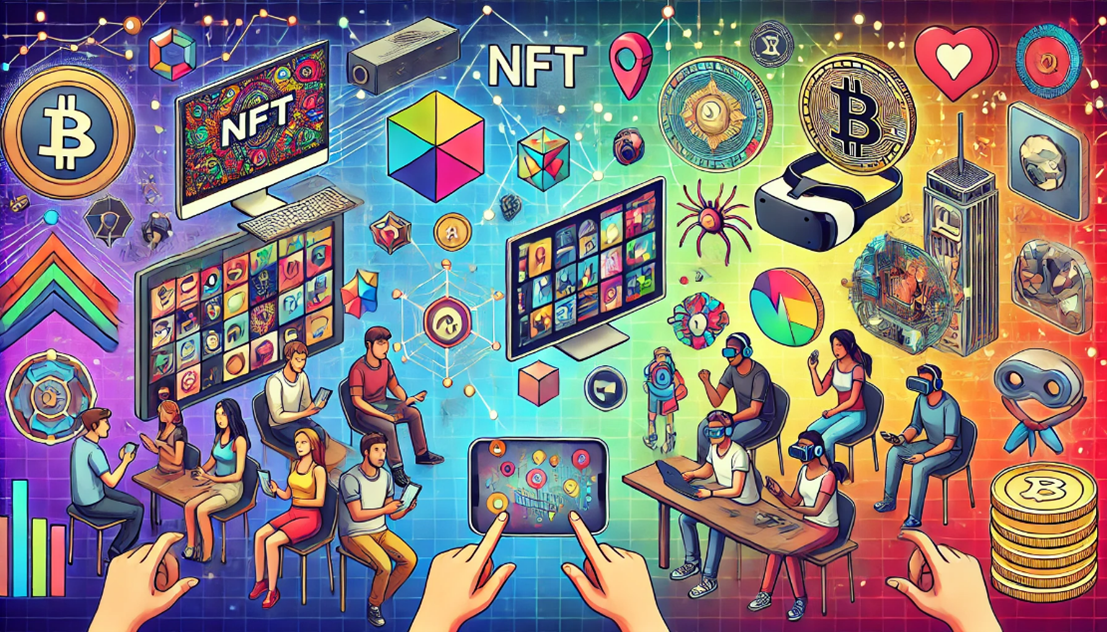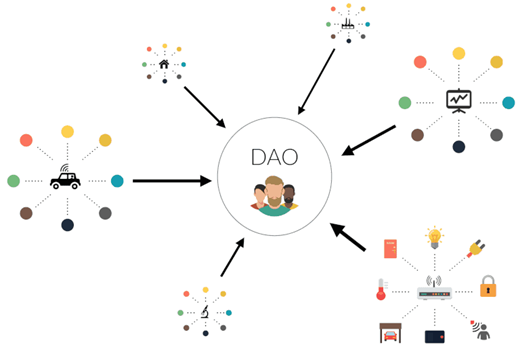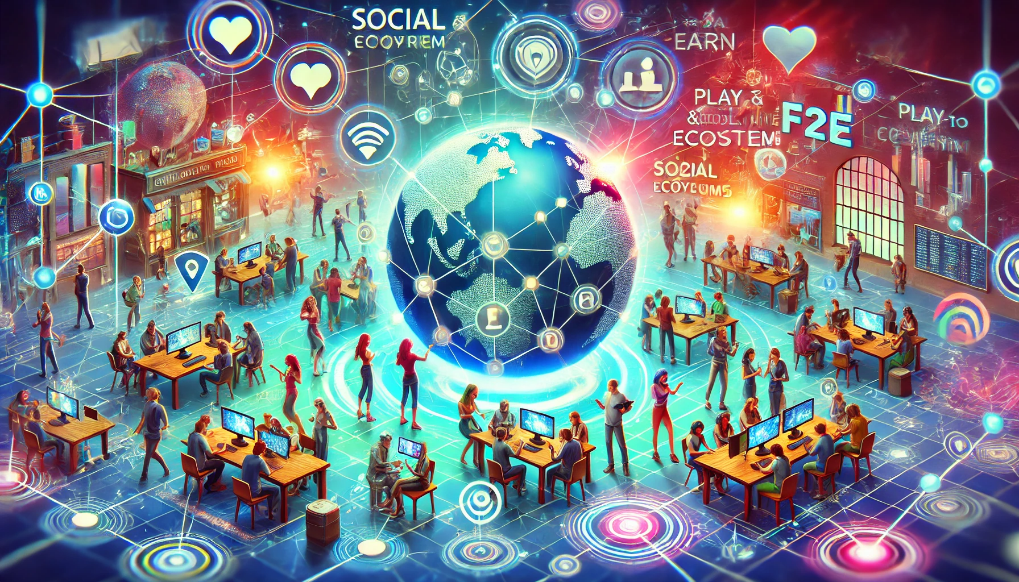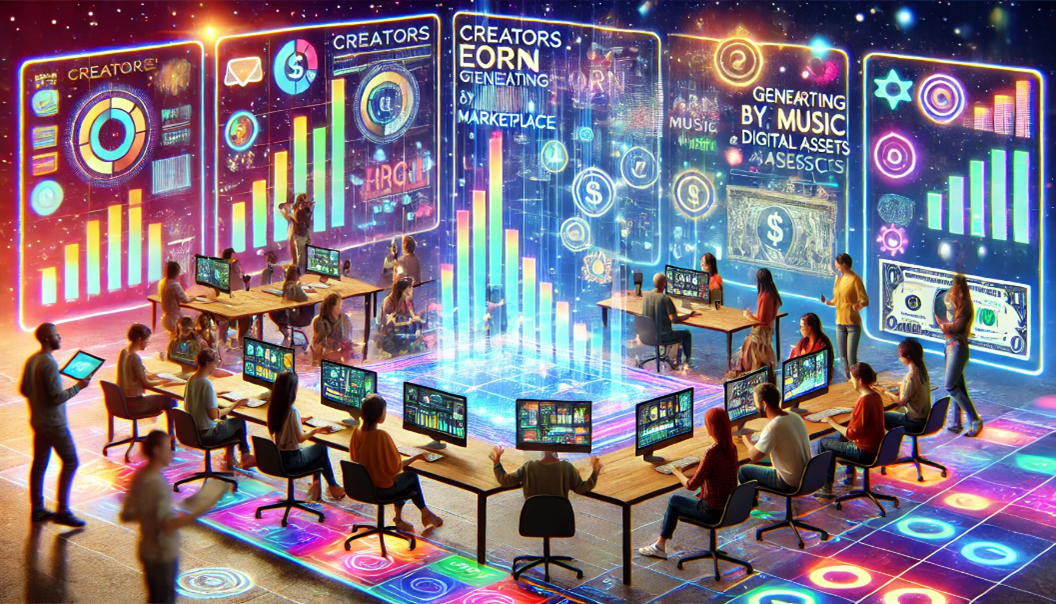How it differs from traditional gaming models

How it differs from traditional gaming models
by Maximilian 03:07pm Jan 10, 2025
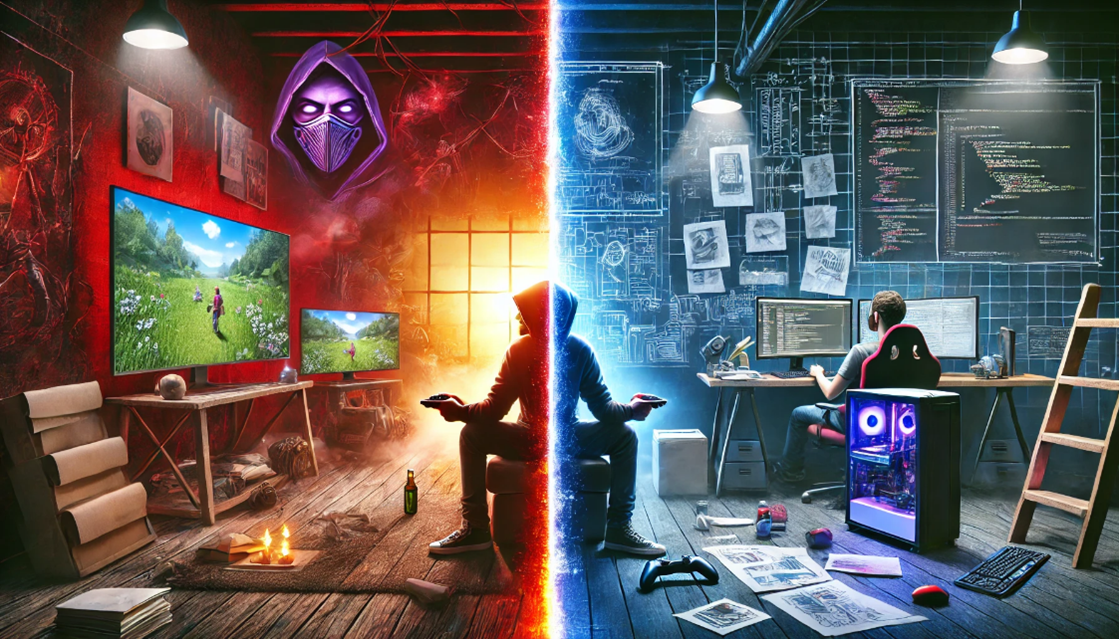
The Play-to-Earn (P2E) model represents a significant departure from traditional gaming models in terms of how players interact with the game, earn rewards, and the underlying economic systems. Below are key differences between P2E and traditional gaming:
1. Ownership of In-Game Assets
P2E Games: In P2E games, players have true ownership of in-game assets like characters, items, skins, and even virtual land, which are often represented as Non-Fungible Tokens (NFTs) on a blockchain. Players can buy, sell, trade, or even rent these assets, and they retain ownership outside the game’s ecosystem.
Traditional Games: In most traditional games, in-game assets (like items, skins, or characters) are owned by the game publisher. Players cannot sell, trade, or take these assets out of the game. The game publisher has full control over these assets and can even remove or alter them through updates.
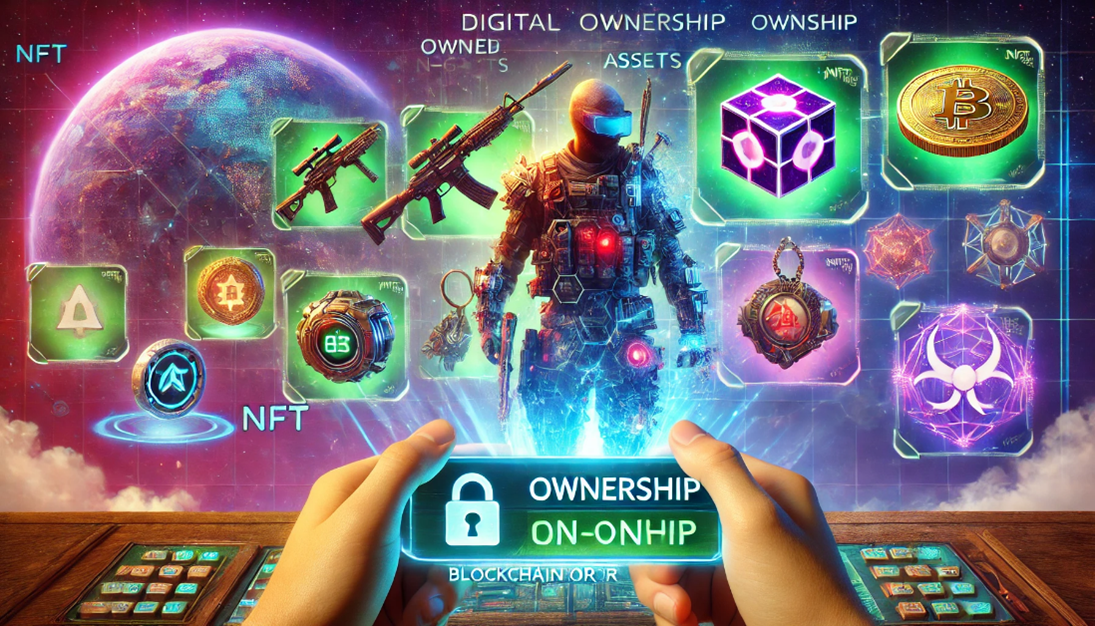
2. Economic Model and Player Earnings
P2E Games: The core feature of P2E games is the Play-to-Earn model, where players can earn cryptocurrency or NFTs as rewards for their gameplay. These assets can be traded for real-world money on secondary markets or held for further growth in value. Players are incentivized to play because their time and effort can translate into tangible financial rewards.
Traditional Games: In traditional games, players typically invest time for entertainment, and there are no real-world financial rewards for playing.Some traditional games have microtransactions (e.g., for cosmetic items or expansions), but these are designed to enhance the player’s experience rather than providing a means of earning money.
3. Monetization for Players
P2E Games: Players can monetize their gaming experience in a variety of ways:
Earning cryptocurrency: Tokens earned from gameplay can be exchanged for real-world currency.
Trading NFTs: Players can sell rare in-game items or assets to other players.
Staking: Players can earn rewards by staking tokens or assets within the game.
Traditional Games: Players typically spend money on purchasing the game or in-game purchases (e.g., skins, battle passes, loot boxes) but don’t earn money back. The monetization model primarily benefits the game developers and publishers.
4. Game Economy
P2E Games: P2E games have a player-driven economy, where the players' actions (like creating, trading, and selling NFTs) drive the game's financial ecosystem.These games may have native cryptocurrencies or tokens that are used for various activities such as buying, selling, or trading virtual goods and services. Some games use blockchain technology to ensure transparency and verifiability in the game's economy.
Traditional Games: In traditional games, the economy is controlled entirely by the developers. Virtual goods can only be purchased with real money or in-game currency, and the game’s economy (e.g., prices for items, skins) is set and maintained by the developer. Players cannot interact with or benefit from the game’s economy outside the game.
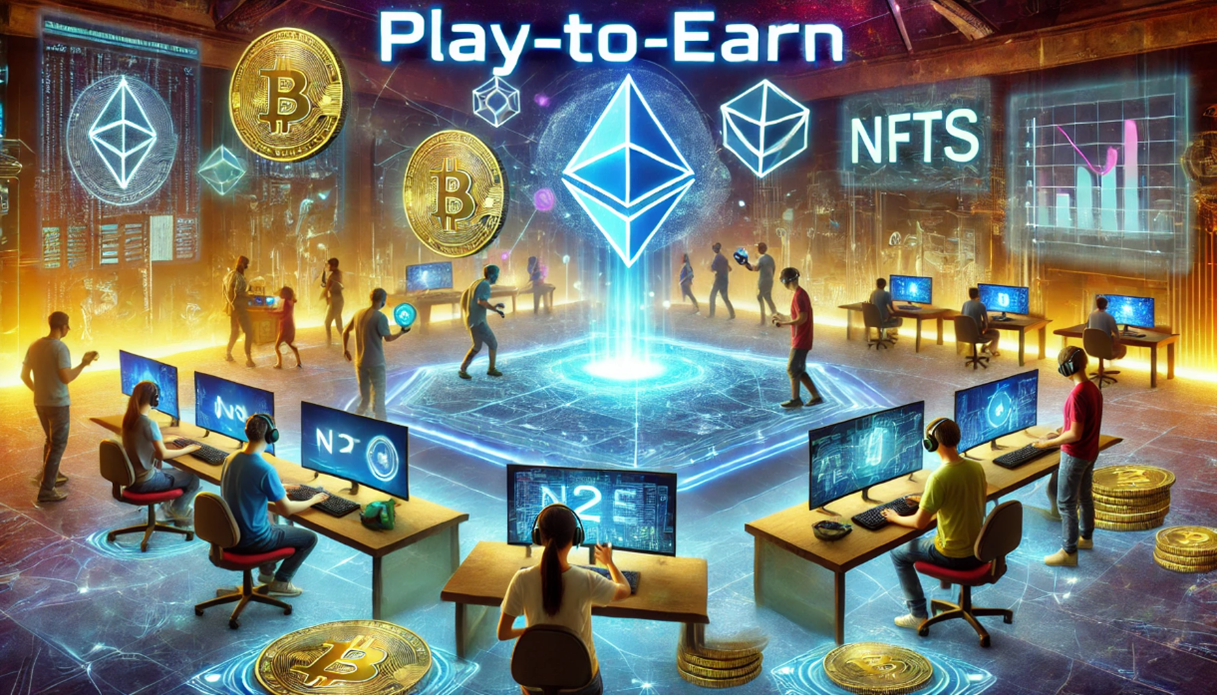
5. Rewards and Incentives
P2E Games: Players are rewarded not only for progressing in the game but also for their contributions to the game’s economy, such as creating content, breeding in-game characters, or contributing to governance decisions. These rewards are typically in the form of cryptocurrencies or NFTs.
Traditional Games: Traditional games reward players with in-game progress (levels, achievements, trophies), but these rewards typically have no monetary value outside the game. While there may be cosmetic rewards or unlockable content, players do not receive direct financial compensation for their time or effort.
6. Monetization for Developers
P2E Games: Developers can monetize their game in several ways:
Transaction Fees: Developers can earn a percentage of each NFT transaction or trade that occurs on secondary marketplaces.
Initial Asset Sales: Developers may sell NFTs, land, or other assets directly to players.
Staking and Yield: Developers can introduce mechanisms for staking tokens to earn rewards or participate in governance.
Traditional Games: Developers monetize traditional games primarily through:
Game Sales: Direct purchase of the game or in-game purchases (skins, expansions, DLC).
Subscription Models: Some games (e.g., MMORPGs) have subscription-based revenue models.
Microtransactions: In many free-to-play games, developers rely on microtransactions to sell cosmetics, loot boxes, or premium features.
7. Game Development and Community Influence
P2E Games: Many P2E games are decentralized to some degree, with players having influence over the game’s development through governance tokens (via DAOs, Decentralized Autonomous Organizations). Players can vote on updates, rules, or economic changes, providing them with a greater sense of involvement.
Traditional Games: In traditional games, the developers or publishers maintain full control over the game’s direction and updates. Player input is typically limited to feedback, but they do not have voting rights or control over game decisions or governance.

8. Interoperability
P2E Games: P2E games built on blockchain networks often allow cross-game interoperability of NFTs and tokens. This means players can use their assets (e.g., a virtual sword or character) across different games or platforms that are compatible with the same blockchain.
Traditional Games: In traditional games, assets are usually confined to that specific game or franchise. Players cannot transfer items, characters, or progress to other games or systems unless the developers create a direct connection.
9. Technology and Infrastructure
P2E Games: These games rely on blockchain and smart contracts for the underlying infrastructure, which ensures secure and transparent ownership of digital assets. This infrastructure allows for decentralization and peer-to-peer transactions.
Traditional Games: Traditional games are hosted on centralized servers controlled by the game developers or publishers. Players interact with these servers and do not have control over the data or in-game items they acquire. The data and game assets are controlled and stored by the developers.
10. Focus on Player vs. Developer
P2E Games: The player-centric model is key to P2E. Players are often at the heart of the game's economy, and they benefit directly from the value they generate by playing, trading, and interacting within the ecosystem.
Traditional Games: In traditional games, the focus is typically on providing entertainment and content updates for players, but the game is ultimately controlled by the developers, who benefit from in-game purchases and other monetization methods.

Conclusion:
The P2E model fundamentally shifts the dynamic of gaming by allowing players to earn real-world rewards, have ownership of their assets, and even influence the game's evolution. In contrast, traditional gaming focuses on entertainment and monetization through sales and microtransactions, with the game publisher controlling all in-game assets and progress. This shift is creating new opportunities for both players and developers in the gaming ecosystem, potentially leading to more sustainable, player-driven economies in the future.



